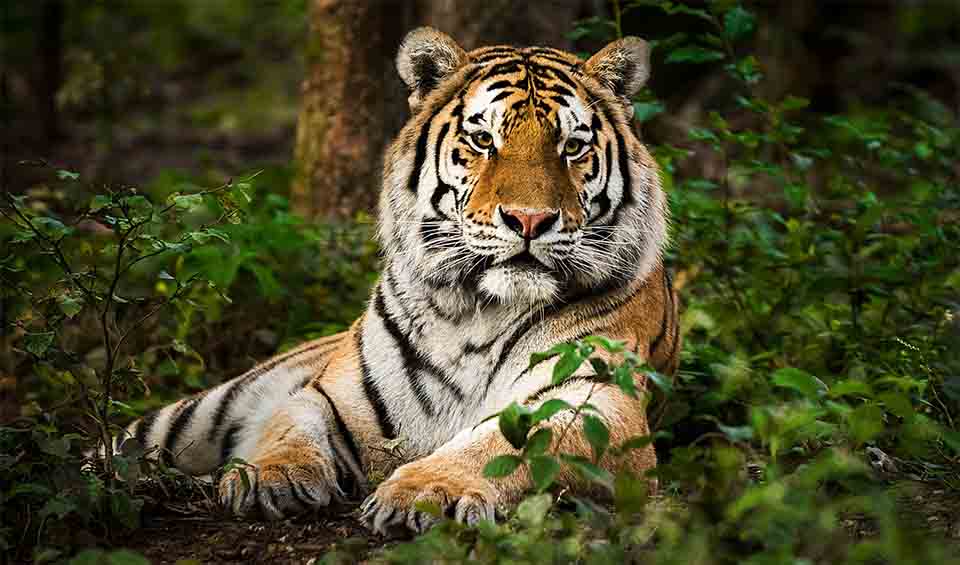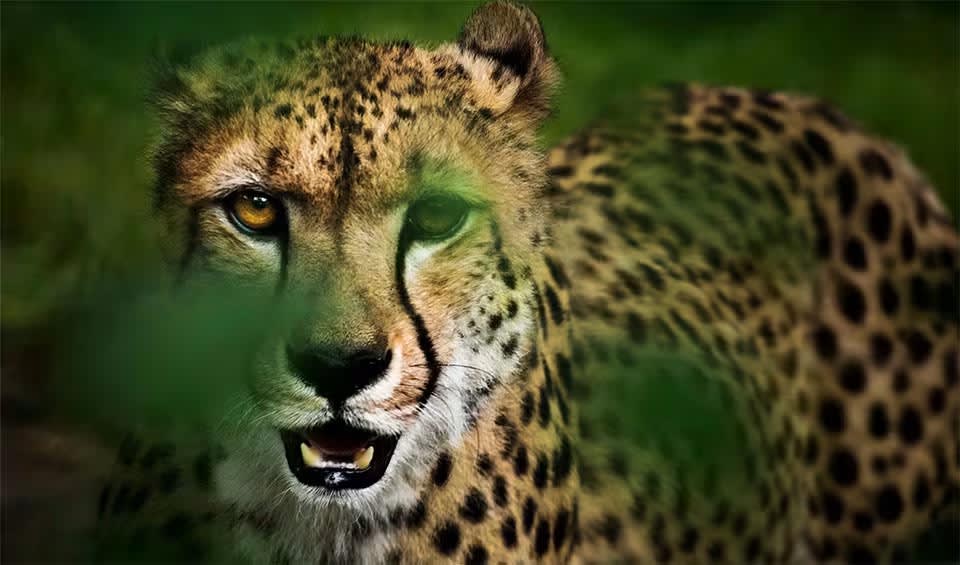One of the most curious and mysterious mammals on Earth. Found only in the highland forests of New Guinea, this animal looks like it stepped out of a fantasy book. With its spiky coat, elongated snout, and clumsy waddle, the echidna doesn’t look like your average mammal—and that’s because it’s not. It belongs to a rare group of egg-laying mammals called monotremes, which includes only five species: four echidnas and the platypus. What makes the Eastern long-beaked echidna different from its spiny relatives is, of course, its long, curved snout, which it uses to root around in the soil for worms and insects. Unlike short-beaked echidnas in Australia, which mostly eat ants and termites, this species prefers soft-bodied prey like earthworms.
One of the coolest things about the Eastern long-beaked echidna is its super-sensitive beak. Packed with special sensors, it can detect the tiny electrical signals from worms underground, like how a metal detector finds buried treasure. And instead of teeth, this echidna has a long, sticky tongue that it shoots out to scoop up its slippery meals. Despite being covered in sharp spines, it’s a shy and gentle creature that spends much of its time alone, moving slowly through dense forests and digging into the soil. When threatened, it curls into a tight ball or digs straight down, leaving just a spiny back exposed to predators.
Unlike most mammals, the Eastern long-beaked echidna lays a single leathery egg, which the mother carries in a pouch on her belly. After about ten days, the egg hatches into a tiny, jellybean-sized baby called a puggle. The puggle stays in the pouch and feeds on milk that oozes from special patches of skin (since echidnas don’t have nipples!). As it grows, the baby develops spines, and the mother eventually moves it to a burrow for safety. It’s an ancient and weirdly wonderful parenting style—more reptile than mammal in some ways.
Distribution
 Indonesia
Indonesia Papua New Guinea
Papua New GuineaAnything we've missed?
Help us improve this page by suggesting edits. Glory never dies!
Suggest an editGet to know me
Terrestrial / Aquatic
Altricial / Precocial
Polygamous / Monogamous
Dimorphic (size) / Monomorphic
Active: Diurnal / Nocturnal
Social behavior: Solitary / Pack / Herd
Diet: Carnivore / Herbivore / Omnivore / Piscivorous / Insectivore
Migratory: Yes / No
Domesticated: Yes / No
Dangerous: Yes / No




